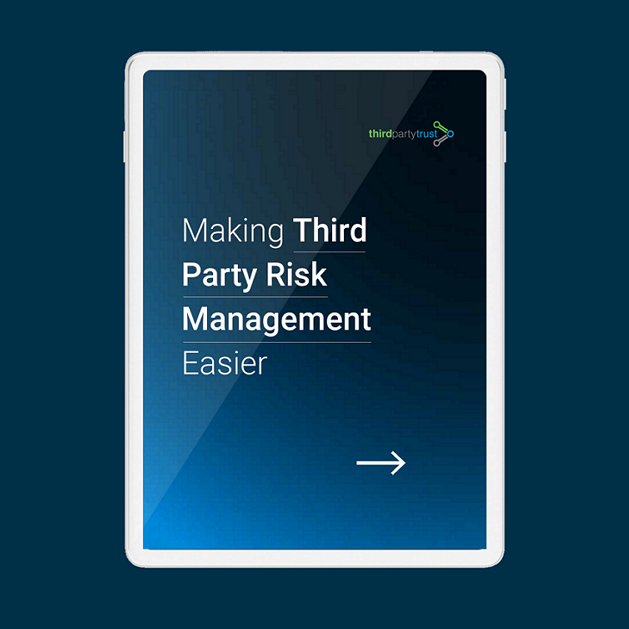CMMC Compliance and Third-Party Risk Management
The proliferation of outsourcing and third party relationships around the globe has often resulted in more regulation. One of the most recent initiatives is the Cybersecurity Maturity Model Certificate (CMMC), by which the Department of Defense (DoD) requires varying levels of cybersecurity for all its contractors. Here’s everything you need to know about the CMMC and how it impacts your third-party risk management (TPRM) strategy.
What is CMMC?
The CMMC is a certification that any contracting firm, service provider, or systems integrator that wants to work with the DoD will be required to have.
The framework will review and combine various cybersecurity standards and best practices and map these controls and processes across several maturity levels that range from basic cyber hygiene to advanced. For a given CMMC level, the associated controls and processes, when implemented, will reduce risk against a specific set of cyber threats.
According to the official release statement:
The Office of the Under Secretary of Defense for Acquisition and Sustainment (OUSD(A&S)) recognizes that security is foundational to acquisition and should not be traded along with cost, schedule, and performance moving forward. The Department is committed to working with the Defense Industrial Base (DIB) sector to enhance the protection of controlled unclassified information (CUI) within the supply chain.
As part of this process, the DoD’s third party vendors need to implement proper supply chain risk management as a subset of their overall risk management program. In addition to obtaining their own certificate, organizations must ensure their vendors are certified, putting the spotlight on fourth-party risk.
The goal of this regulation is to measure the maturity of an organization’s cybersecurity controls. While it requires an extra effort to comply, holding a CMMC certificate will quickly become a major business differentiator to show that you take security seriously if you work with the DoD.
According to the authorities, CMMC is cost-effective and affordable for small businesses to implement at the lower levels. The OUSD(A&S) has published the CMMC Model and Assessment Guides to help organizations comply.
Like any other regulation, it’s also a great opportunity to look into your overall security posture and detect any areas of improvement. Being proactive is the only way to stay ahead of cybersecurity issues and data breaches that will most likely happen in the future.
The Push for Regulation
While challenging, regulations such as NERC CIP 013 or NY DFS are welcome because they provide organizations with reassurance that they are doing cybersecurity the right way and understanding risk across their supply chain. Higher standards push the industry to do more.
When working towards compliance, you can have a better understanding of who you are doing business with and how their security posture looks like.
To that end, third-party vendor assessments help shine a light into areas of potential business risk. The CMMC is only trying to increase security for third-party relationships, which sets the stage for security to be a higher priority in all industries.
This trend is causing organizations to consider more rigorous on-boarding and compliance requirements for all third party vendors and their contractors.
How Can ThirdPartyTrust Help You Comply With CMMC?
In order to maintain a secure vendor ecosystem, you need a partner that is no stranger to the regulatory landscape and understands the risk that third party vendors can bring to your organization.
ThirdPartyTrust can help you with any vendor risk management (VRM) initiative, creating a comprehensive program for your third party risk management (TPRM). Whether your vendor risk assessments are part of an audit requirement or a business need, our platform allows you to put a process in place to ensure compliance and lower risk for existing and future third party vendors.
You can also track your vendors’ certification levels, through the use of custom labels for your vendor inventory that can be mapped to CMMC certificates awarded at specific levels.
Finally, you can get alerts when vendor CMMC levels change or expire, and trigger workflows to address potential risks.

Requesting and responding to risk assessments should not be a killer
Rising regulatory pressure is coupled by increasing third party risks. As a result, enterprises and third parties are taking greater measures to assess and manage risk across their supply chain.
This strategy guide explains how to make third party risk management easier, solving security and compliance problems for both sides of the equation.




